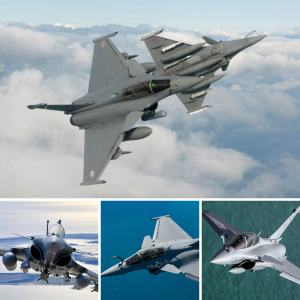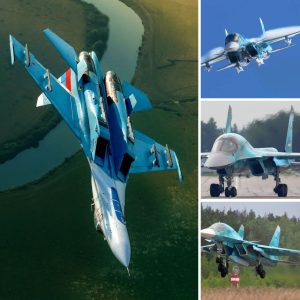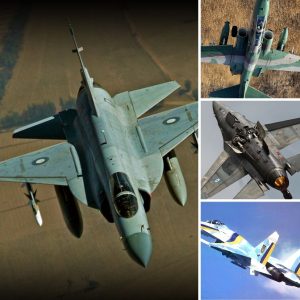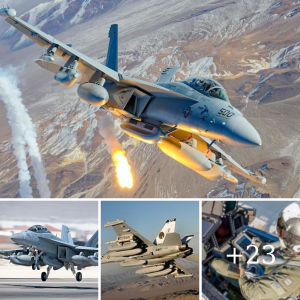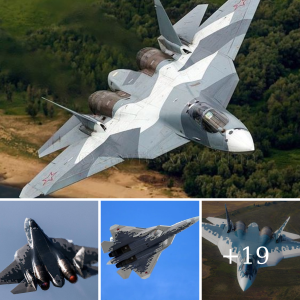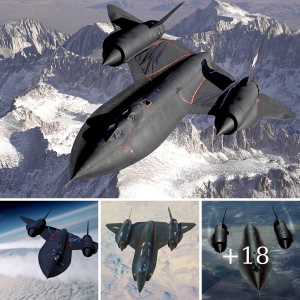In the 1970s, Japan faced a complex regional security environment, particularly with threats from neighboring countries. To protect its national airspace, Japan turned to one of the most renowned fighter aircraft of the time: the F-4 Phantom II. The version specifically designed for the Japan Air Self-Defense Force (JASDF) was called the F-4EJ Phantom II, and it quickly became a symbol of power in Japan’s skies.

Design and Performance
The F-4EJ is a modified version of the F-4E, a multirole fighter developed by McDonnell Douglas for the United States. Weighing over 27 tons and capable of carrying a large payload of weapons, the F-4EJ could perform various missions, including air combat, ground attack, and reconnaissance.
One of the standout features of the F-4EJ was its powerful AN/APQ-120 radar, which allowed the aircraft to detect and track targets at long distances. This, combined with the AIM-7 Sparrow and AIM-9 Sidewinder air-to-air missiles, gave the F-4EJ the ability to engage and destroy targets with precision.
Role in the Japan Air Self-Defense Force
The F-4EJ was not only a powerful weapon but also a symbol of Japan’s defense modernization and autonomy. This aircraft played a crucial role in protecting Japan’s airspace for decades. It participated in numerous international exercises and contributed to maintaining stability in the East Asian region.
However, by the early 21st century, with the advancement of new technology, the F-4EJ began to be outclassed by newer generation fighter jets. Japan decided to replace the F-4EJ with more modern aircraft like the F-2 and F-35.

Legacy
Although the F-4EJ was officially retired in late 2020, its impact on Japan’s aviation history remains significant. The F-4EJ was not just a symbol of military might but also a testament to the development and defense autonomy of an Asian nation.
As it concluded its service, the F-4EJ Phantom II left behind a great legacy, closely associated with a period when Japan faced numerous security challenges and overcame them with determination and modern technology. This aircraft will always be remembered as a symbol of strength and resilience in Japan’s skies.
